INSTRUCTOR: James J. Willis, PhD
DISCIPLINE: Geoscience
COURSE LENGTH (DAYS): 5
CEUS: 4.0
AVAILABILITY: Public & In-House
ATTEND AN UPCOMING CLASS:
Check back in periodically for updated Public and Live Online course dates! To schedule an In-House course, contact SCA’s Training Department at training@scacompanies.com.
WHO SHOULD ATTEND: Geologists, geophysicists, exploration/production managers, and reservoir engineers.
COURSE DESCRIPTION: Sequence stratigraphic concepts represent a powerful, but often underutilized (or worse unutilized), tool for exploration and development using well log and/or seismic data. Seismic data especially can enhance understanding of the stratigraphic system and its development, from basin evolution to facies identification and prediction to reservoir quality characterization. Insight into stratigraphic development inherently leads to a better understanding of hydrocarbon sourcing, migration, and entrapment; fault and stratal seal characterization; reservoir development, including diagenetic and paragenetic aspects. Advanced seismic techniques such as spectral decomposition, pre-stack elastic inversion, and visualization allow generation of both lithologic and fluid attributes, determination of layer-based properties rather than traditional wavelet-controlled interface properties, and documentation of lithostratigraphic and chronostratigraphic relations including multidimensional chronostratigraphic (Wheeler) diagrams. Examination of well log data from a sequence stratigraphic standpoint can likewise provide considerable information to understanding the stratigraphic role in petroleum exploration.
This course is practically based, including integrating multiple datasets, but with emphasis on seismic data and interpretation. Numerous exercises supplement primary lectures for extensive interactive, hands-on experience.
LEARNING OUTCOMES:
- Understanding of various correlation techniques, including lithostratigraphic, chronostratigraphic, biostratigraphic.
- Identification and characterization of sequence and intrasequence boundaries, including unconformities, flooding surfaces, in seismic, well log, and other datasets
- Characterization of intrasequence units, including systems tracts, facies changes, via morphological patterns (onlap, progradation, top lap, truncations), seismic character (sharpness or gradational aspects of amplitude events, peak-trough alternations), well log motif (fining upwards, coarsening upwards, pro-, ag-, and retrogradational), and dip patterns (internal architecture)
- Construction and interpretation of chronostratigraphic (Wheeler) diagrams
- Understanding of source-to-sink concepts and that observation of events in one domain serve to allow prediction in other domains
COURSE CONTENT:
- Fundamentals of sequence and seismic stratigraphy
- Sequence stratigraphic models
- Tools for characterizing sequence stratigraphic relations (especially well log, core/cuttings, and seismic data)
- Recognizing sequences (systems tracts) and their boundaries
- Lithostratigraphic and/or chronostratigraphic and/or biostratigraphic determinations
- Case examples of integrated subsurface studies
- Well log and seismic facies analysis
- Sealevel curves, accommodation space, and facies prediction (theory)
- Lateral and vertical facies development and relations (reality)
- Environment of deposition and lithologic/reservoir characterization
- Siliciclastic and carbonate systems
- Seismic slicing techniques, including traditional horizon slicing, and modern stratal and phase slicing approaches
- Seismic attribute analysis and inversion
- Focused examination of attributes particularly useful for extracting stratigraphic information, including horizon versus windowed or volume extractions, spectral decomposition, and others
- Seismic inversion techniques and products, including removing effects of the wavelet to understand layer properties as opposed to traditional interface-based interpretation.
- Integrated stratigraphic and structural applications
- Basin development and evolution
- Syndeformational growth sedimentation
- Fault juxtaposition and stratal seal analysis
- Structural/Mechanical stratigraphy – how the stratigraphic sequence responds to deformation, trap development, wellbore stresses during drilling
- Each day includes multiple hands-on examples and case-study discussion to supplement and enhance lecture modules.
